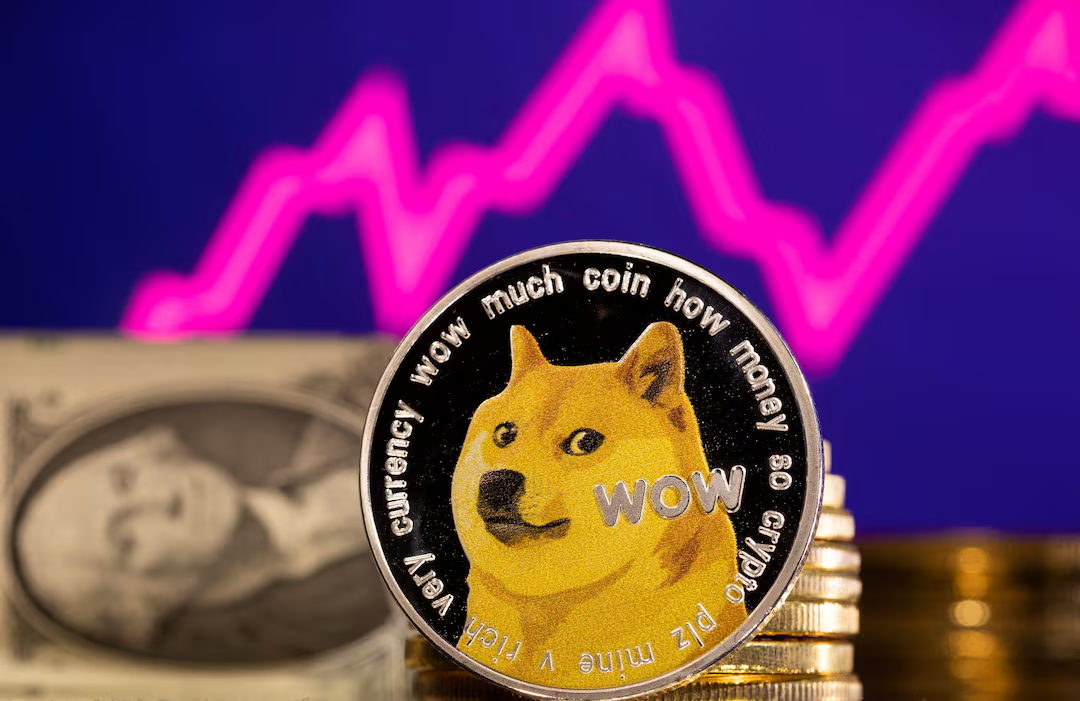Reason to trust

How Our News is Made
Strict editorial policy that focuses on accuracy, relevance, and impartiality
Ad discliamer
Morbi pretium leo et nisl aliquam mollis. Quisque arcu lorem, ultricies quis pellentesque nec, ullamcorper eu odio.
Austrian Post, the national postal service of Austria, has announced that they will launch a unique product – Crypto stamp art (CSA) powered by the Ethereum blockchain. This is no surprise, as the Austrian Post has always been an active player in the blockchain space and has even sold out a couple of varieties of crypto stamps since 2019. However, the previously sold Crypto stamps were solely physical stamps coupled with their digital equivalent(twin).
The stamp collection is a modern reinterpretation of 1851 Merkur newspaper stamps. On July 1, 2022, the associated special stamp block was released. 2,500 CSA Mystery Boxes will be available for purchase. The CSA Mystery Boxes with four NFTs will be available exclusively on Tokapi.com beginning July 22nd, with a price of 500 euros per box.
This exclusive art card is a limited edition trading card with various security features and an NFC chip. It can also be split down the middle. The right side features an artwork imprint, while the left side functions as a standard stamp.
Each digital mystery box comes with four non-fungible tokens (NFTs), a special stamp block, and a physical trading card called a special art stamp. Each NFT has different color values that are distributed with increasing rarity.
The various rarities are:
Red: 100 editions | 1% rarity.
Yellow: 1000 editions | 10% rarity.
Blue: 3000 editions | 30% rarity.
Rose: 5896 editions | 58.96% rarity.
Purple/Green/Turquoise/Friedrich: 1 edition each | 0.01% rarity.
It should also be noted that only those who purchase the mystery boxes will receive an exclusive physical art stamp.
Classic Stamps Bridge the Gap Between the Traditional and Digital Worlds
The original series was available in four color variations. Unfortunately, only a few examples of the Red Mercury remain today, making it one of Europe’s rarest stamps and Austria’s most valuable.
The original stamps were designed in the nineteenth century by Josef Anxmann, a copper engraver. The new edition in 2022 was designed by Encode Graphics in collaboration with Ari Pratama and PR1MAL CYPHER, a well-known Austrian digital artist and NFT expert. The new special stamp block, worth 3.70 euros, was printed 150,000 times. It is available at all post offices and online at onlineshop.post.at.
There Is More to Come After the Crypto Stamp Art
This edition kicks off the newly developed Crypto stamp art project. It is a digital collector’s item with a physical counterpart, but the emphasis is on collecting digital works of art and collaborating with NFT greats.
Austrian Post is betting on new interpretations and has already attracted other internationally renowned artists who will participate in future Crypto stamp art editions.
Patricia Liebermann, Head of Philately for Austrian Post AG, states in support of the upcoming launch event: “There has been a generational shift in collecting. Younger people are using NFTs to make digital collectibles truly valuable and unique. It is the perfect opportunity for us to bridge the gap between physical and digital collecting with the Crypto stamp art that speaks to all generations.”
Tokapi CEO Daniel Lenikus commented on the partnership with Austrian Post:
“Blockchain is changing the world at an even faster pace than the internet did and typically adds significant complexity. We are removing those barriers. NFTs should be an inclusive technology for everyone to use and not limited to a select few with extensive blockchain knowledge. At Tokapi, we provide the easiest way for collectors to buy digital assets, and thus help onboarding a new wave of collectors.”
About Austrian Post
Austrian Post AG is the leading postal, logistics, and service provider in Austria, employing over 20,000 people. Every day, the company focuses on delivering at the highest level of quality and offers a diverse product and service portfolio to meet the needs of its customers best.
Furthermore, the top logistics company divides its operations into three divisions: mail, parcel, logistics, and retail and banking. It also has a global presence, particularly in Germany, Turkey, and other Central and Eastern European countries.

















